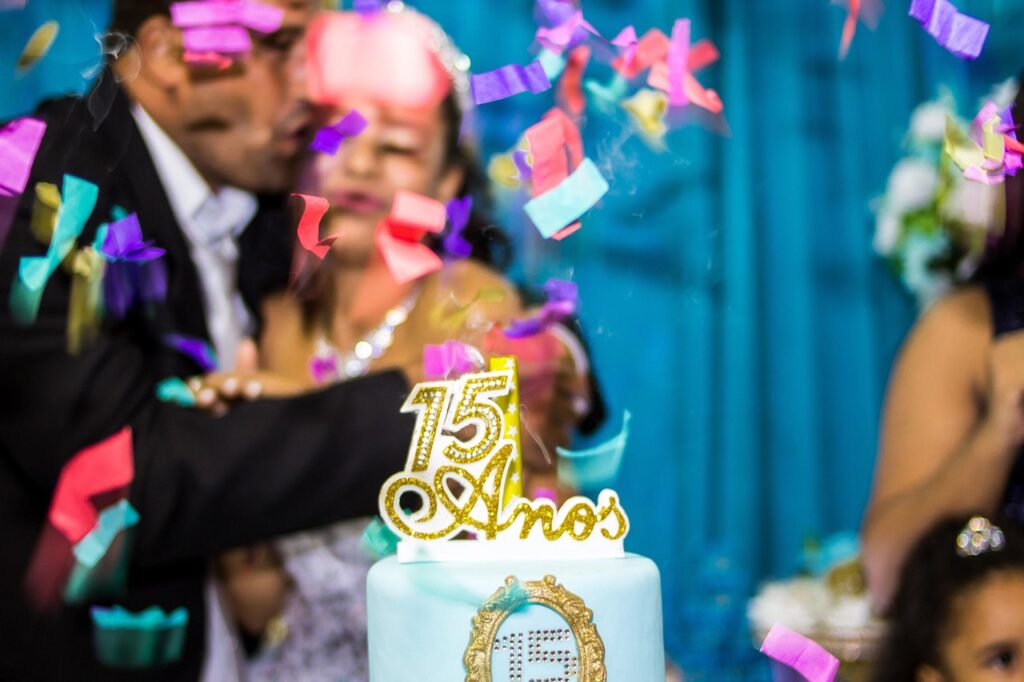
In the vibrant tapestry of pre-wedding celebrations, bachelorette parties have evolved into highly curated events, often designed with specific themes and aesthetic visions. Yet, beneath the surface of coordinated attire and celebratory toasts, a complex interplay of personal beliefs, societal expectations, and group dynamics frequently emerges. A recent online discussion, ignited by a Reddit user named Comfortable_Clothed, vividly illustrates this delicate balance: a Muslim bridesmaid’s refusal to wear a bikini to a bachelorette party, citing religious requirements for modesty, escalated into a family conflict and her subsequent expulsion from the bridal party.
This incident, which quickly garnered thousands of comments and upvotes, transcends a mere family dispute. It serves as a potent case study, laying bare the inherent tension between enforced group beauty standards and deeply held private beliefs that characterize many contemporary pre-wedding events. As bachelorette parties increasingly adopt rigid, curated themes, they invariably test the limits of group cohesion and individual comfort, placing a significant demand on empathy and the nuanced understanding of social norms. This article delves into the intricate psychology of bachelorette dress, dissects the common pitfalls of themed dress codes, and offers insights for cultivating inclusive celebrations that honor both collective joy and personal integrity, ensuring that the journey to the altar is paved with understanding rather than friction.
Indeed, the heart of the matter lies not in the desire for celebration itself, but in how these celebrations are orchestrated. When the vision for a party inadvertently clashes with a guest’s fundamental principles, the festive atmosphere can quickly dissipate, replaced by discomfort, resentment, and even damaged relationships. The path to a truly memorable bachelorette party, therefore, requires a thoughtful consideration of all participants, embracing a philosophy where respect for individual boundaries is as paramount as the desire for a cohesive and joyous experience.
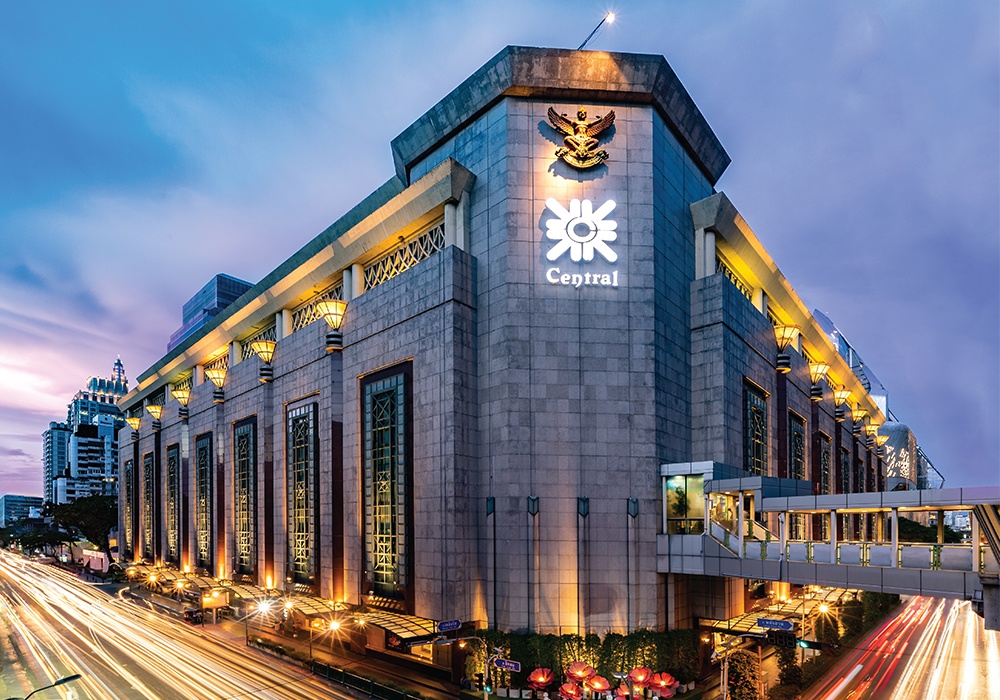
1. **The Central Bikini Dilemma: Navigating Religious Modesty in Themed Parties**The story shared by Comfortable_Clothed on Reddit offers a poignant narrative of how personal faith can collide with celebratory expectations. As a Muslim woman, she adhered to religious requirements for modesty, which precluded her from wearing a bikini in front of men. The bachelorette party, however, was themed for Vegas, demanding all girls wear bikinis in coordinating colors, and crucially, included the sister-in-law’s two gay male best friends.
The internet’s overwhelming support for Comfortable_Clothed, with many pointing out that “ual orientation has nothing to do with gender identity” and that gay men are still men, underscored a critical societal misunderstanding. The mother-in-law’s insistence that her daughter-in-law “set aside my ‘ideas’ for one night” and that gay men “don’t count as men under the Muslim definition because they are gay and won’t look at me ‘like that'” further illustrates the profound lack of understanding and respect for religious doctrine and personal autonomy. Such rigid demands push celebrations towards confrontation rather than joyous unity, jeopardizing relationships over a dress code.
This core dilemma emphasizes that inclusivity means more than just a diverse guest list; it demands accommodating diverse needs and beliefs. Comfortable_Clothed’s experience serves as a powerful reminder that while themes can enhance a party, they should never overshadow the comfort and integrity of the guests, especially when deeply personal or religious values are at stake. The refusal to compromise on a modest alternative for a theme meant to be fun ultimately led to a deeply regrettable outcome, turning a pre-wedding celebration into a source of lasting familial discord.

2. **The Social Psychology of Bachelorette Dress: Cohesion, Identity, and the Bride’s Spotlight**Bachelorette party attire transcends mere fashion; it acts as a powerful social glue, fostering a sense of unity and shared identity among attendees. The context highlights how cohesive colors or hues, such as the blush Sarah’s bridal party wore, can trigger oxytocin release, promoting bonding, as noted by a 2024 Journal of Social Psychology study. Dr. Amina Khan, a therapist, aptly compares it to “wearing team jerseys,” stating, “you feel part of something bigger.” This coordinated clothing visibly broadcasts group affiliation, creating a collective identity that enhances the celebratory atmosphere.
Simultaneously, the bride’s unique appearance—often in white amidst a sea of black or distinguished by a special sash or tiara—is a long-standing ritual with anthropological roots, serving to marry glamour with distinction and signify her special status. Wedding planner Maria Torres observes, “It’s instinctive… See white in sea of black, know who’s the star.” A 2025 Cultural Anthropology study notes that this visual order reinforces group unity by clarifying roles. However, when a thematic demand, such as a bikini theme, conflicts with deeply held beliefs, as Comfortable_Clothed experienced, the bride’s pursuit of her spotlight can inadvertently alienate and transform a celebration into a regrettable confrontation, undermining the very unity it seeks to establish. This underscores the need for thoughtful inclusion in planning, ensuring the bride’s center stage does not dim the ease and comfort of others.

3. **Conformity vs. Personal Comfort: The Psychological Toll of Rigid Dress Codes**Striking the right balance between group expectations and personal style remains a persistent challenge in bachelorette party planning. Psychological studies on optimal distinctiveness reveal that incorporating three or four personal style components within a theme can increase an individual’s comfort by as much as 30%, according to a 2024 Journal of Applied Psychology. This suggests that while cohesion is desirable, a degree of individual expression is vital for psychological ease.
The discomfort of misfitting clothing extends beyond the physical; it provokes stress and diminishes the overall enjoyment of the event. The insistence on a uniform look without considering the diverse backgrounds and personal boundaries of guests creates an environment where conformity is prioritized over genuine comfort and inclusion. This dynamic can be particularly damaging when the demands are perceived as infringing upon deeply held beliefs, turning what should be a shared celebration into a test of loyalty and compliance, with potentially lasting negative repercussions for personal relationships and the collective mood of the party. The goal should be to foster an atmosphere where everyone feels genuinely part of the group, not merely compliant with its superficial demands.
4. **Ignoring the Bride’s Preferences and Personality: The Foundational Flaw in Planning**The most significant misstep in bachelorette party planning often occurs at its very inception: overlooking the bride’s unique personality and preferences. This celebration, after all, is meant to honor her, yet planners frequently impose their own priorities, leading to a disconnect. Each bride holds a distinct vision for her pre-wedding celebration—some may yearn for a serene spa weekend, while others dream of an exhilarating adventurous getaway. The success of the party hinges on aligning with *her* desires, not those of the organizers.
Etiquette experts universally agree that understanding the bride-to-be’s vision is paramount. Every aspect of the celebration—from activities and location to theme and budget—should revolve around her interests and priorities. A private, candid conversation with the bride about her ideal celebration must precede any concrete planning. Without this direct consultation, planners risk creating an event that, while well-intentioned, ultimately fails to resonate with the person it’s meant to celebrate, potentially turning what should be a memorable experience into a source of stress and disappointment for the guest of honor herself.
Poor communication stands as a primary catalyst for disaster. Problems emerge swiftly when planners assume they possess full knowledge of the bride’s desires without direct inquiry. An event intended for fun rapidly becomes a source of stress for everyone involved. As one planning expert succinctly puts it, “Expectations differ, people forget to weigh in, and, before you know it, shielding the bride from the behind-the-scenes drama becomes a full-time job.” This lack of clear, open dialogue can transform a joyful occasion into an organizational burden, far removed from its original intent. Another common mistake involves bridesmaids or planners pushing their own agendas onto the celebration; a planner might envision a glamorous Vegas weekend, while the bride secretly prefers a quiet cabin retreat. As etiquette expert Sara Jane Ho advises, “Express your concerns behind the scenes to your maid of honor and let her manage the others,” emphasizing that the celebration should never prioritize the planners’ bucket lists over the bride’s comfort.
To properly align activities with the bride’s style, asking specific questions about her priorities is essential. This includes inquiring about her preferred destination and dates, activities she would enjoy (and those she’d rather avoid), guest list priorities, budget expectations, and how much of the weekend she wishes to remain a surprise. Her everyday interests and hobbies should serve as a wellspring of ideas for activities, ensuring genuine enjoyment. An expert suggests including “one big event that feels like a treat to the bride,” which could range from dancing to a theme park visit or a relaxing spa day. Ultimately, the bride’s happiness must be the driving force behind the entire bachelorette party planning process, ensuring the celebration genuinely honors her upcoming marriage.
5. **Sending Last-Minute Invitations: The Cascade of Stress and Exclusion**The timing of bachelorette party invitations holds significant sway over the success of the celebration, often determining guest attendance and overall enjoyment. Based on extensive experience in planning pre-wedding events, sending invitations too late is identified as one of the most common and easily avoidable etiquette mistakes. This oversight invariably generates unnecessary stress, not only for the planner but, more importantly, for the prospective guests who need adequate time to prepare.
Wedding experts generally concur on an ideal invitation timeline: standard bachelorette celebrations require invitations to be sent 4-6 weeks before the event. However, for destination parties, this window expands considerably, necessitating notices to be dispatched 4-6 months in advance. This crucial lead time allows guests to properly plan their budget for travel and activities, secure time off from work, book their travel arrangements, and coordinate around other pre-existing wedding events. More complex celebrations, particularly multi-day events that entail extensive planning, often warrant a minimum of 2-3 months’ notice to ensure smooth logistics.
Late invitations create a cascade of problems that can severely impact the celebration. Guest numbers are likely to drop, especially for events involving travel, as individuals often have prior commitments if insufficient notice is given. Furthermore, guests experience heightened stress due to rushed financial decisions, which can lead to negative sentiments or unforeseen monetary difficulties, a problem exacerbated by the increasing costs of destination parties. Swift planning also severely curtails venue choices, activity options, and accommodation availability, directly compromising the quality and scope of the celebration. Moreover, late invites subtly communicate to guests that the event was poorly planned, inadvertently setting a negative tone even before the festivities commence.
Both digital and physical invitations are viable options for bachelorette parties, each offering distinct advantages. Digital invites are cost-effective, offer quick delivery, facilitate easy RSVP tracking, and are simple to update while being excellent for sharing links to hotels, registries, or activities. Physical invitations, conversely, set an elegant tone for formal celebrations, provide guests with a tangible keepsake, and cater to those less tech-savvy, effectively communicating the event’s importance. Regardless of the format, the critical element is the inclusion of essential details: dates, location, schedule highlights, estimated costs, and a clear RSVP deadline, typically 3-4 weeks before the event. A pragmatic approach involves sending digital save-the-dates once initial dates are selected, followed by formal invitations—be they digital or paper—after all details are finalized.
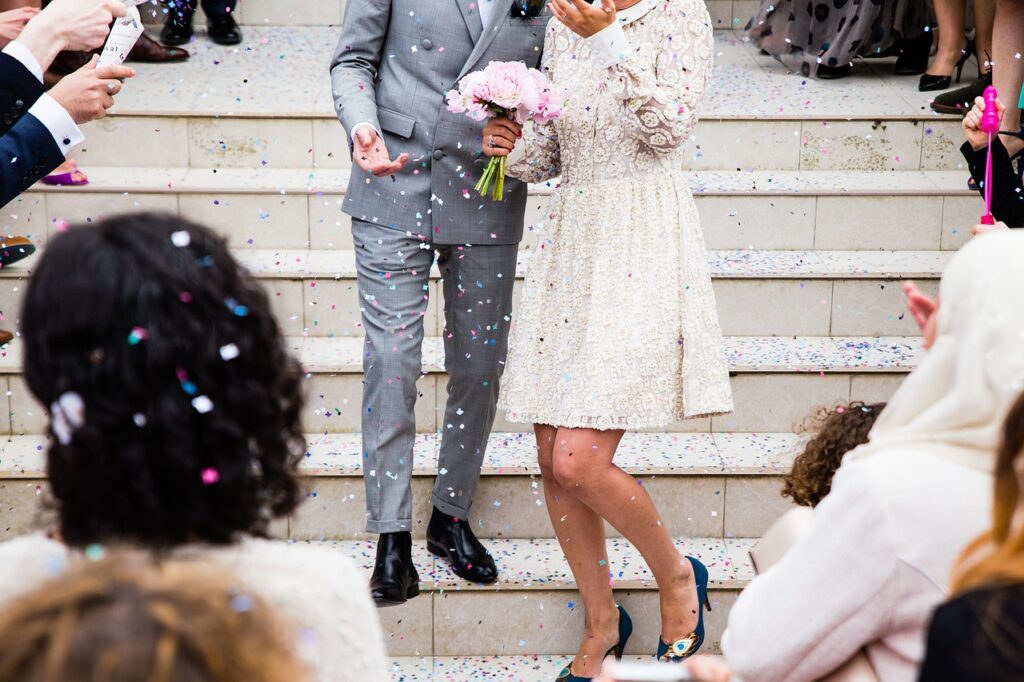
6. **Excluding Key People from the Guest List: Beyond Etiquette to Emotional Impact**Crafting the perfect bachelorette guest list demands meticulous attention to detail to preempt hurt feelings and awkward social dynamics. The chosen attendees profoundly influence the atmosphere of the celebration, shaping its character and ensuring it remains a joyous occasion for all involved. A thoughtfully curated guest list is foundational to the event’s emotional success, reflecting the bride’s closest relationships and avoiding any inadvertent exclusions that could cast a shadow over her special time.
The core of any bachelorette party guest list should naturally comprise the bride’s closest inner circle. This inherently includes all bridesmaids and the maid of honor, who are automatic invitees as they form the very backbone of the bridal party. Beyond these essential members, invitations should extend to close friends who, though not officially in the bridal party, hold significant importance to the bride. Sisters and other close female relatives of the bride, along with future sisters-in-law with whom the bride wishes to strengthen bonds, are also crucial additions. The golden rule in bachelorette etiquette is clear: any individual invited to the bachelorette party must also be on the wedding guest list; however, it is equally important to remember that not every wedding guest needs to be included in the more intimate bachelorette celebration.
Managing potential guest list conflicts is another vital consideration, as personality clashes can quickly sour what should be a fun celebration. It is prudent for planners to consider potential tensions before finalizing the list, perhaps choosing between friends who historically do not get along or prioritizing guests who are known to mesh well naturally. For larger groups, establishing a backup plan, such as predetermined meeting spots and shared contact details, can effectively mitigate issues as they arise. Experts advocate for honest conversations about any existing problems to be held prior to the party, an open approach designed to prevent simmering tensions from erupting during the actual celebration, thereby preserving the festive spirit.
The bride’s ultimate approval on her bachelorette guest list is indispensable. An early conversation with her during the planning stages should address her must-have guests, friends outside the bridal party she specifically wants to include, her comfort level regarding family members like mothers or future in-laws, and whether she wishes to invite coworkers or casual acquaintances. Should someone inquire about not being invited, etiquette experts recommend honesty, delivered tactfully, citing real reasons such as venue size limitations, a desire for an intimate gathering, or budgetary constraints. For bridesmaids unable to attend the main event due to scheduling conflicts or budget concerns, planning a smaller, inclusive alternative, such as a special dinner or brunch, can ensure everyone feels celebrated and included.
7. **Failing to Discuss Budget Expectations Early: The Unspoken Strain on Friendships**While often perceived as an awkward conversation, early and open discussions about budget expectations are the bedrock of a stress-free bachelorette celebration. In 2023, the average bachelorette party cost a staggering $1,400 per person, a figure that underscores the financial commitment involved. Neglecting to address monetary expectations at the outset stands as one of the most problematic etiquette mistakes, capable of casting a shadow over friendships and enjoyment.
Establishing a realistic budget framework before any decisions about destination, accommodations, or activities are made is absolutely critical. This framework should comprehensively cover all anticipated expenses, including transportation, lodging, meals, activities, decorations, and party favors. Designating a dedicated individual as the “keeper of the budget” can provide invaluable financial clarity throughout the planning process, ensuring expenses are tracked and managed responsibly. To guarantee inclusivity without imposing financial pressure, conducting an anonymous poll to ascertain comfortable spending ranges among potential attendees is a highly recommended practice. Furthermore, the bride herself should be encouraged to share what she considers reasonable to ask of her friends, aligning expectations from the very beginning.
Money conversations, despite their potential for discomfort, are essential for preventing resentment and awkwardness later. Engaging with each potential attendee individually about financial contributions is often more effective than group settings, where individuals might feel pressured to agree to sums beyond their comfort zone. It is imperative to share all expected costs with a detailed breakdown early in the planning process. This transparency empowers guests to budget effectively or to gracefully decline if necessary, mitigating last-minute stress and fostering a sense of respect for their financial situations. Modern technology offers several solutions to streamline group expenses, making the financial side much simpler.
Tools such as Splitwise efficiently track who owes what, detailing expenses down to specific items. Venmo/Cashapp facilitate easy money transfers between friends, while Let’s Jetty coordinates travel logistics from budgeting to itinerary planning. These digital aids effectively remove the need for manual calculations and significantly reduce the potential for awkward financial discussions among friends. The timing of collecting contributions is equally vital; asking for funds upfront is generally preferable to collecting after the event, which prevents the planner from personally covering costs and hoping for reimbursement. For destination events, collecting deposits when invitations are dispatched (4-6 months prior) is ideal, while for local celebrations, contributions 3-4 weeks before the event ensure funds are ready when needed, allowing everyone ample time for financial planning.
Let’s transition from identifying the intricate dilemmas to embracing practical strategies. We aim to ensure every bachelorette celebration is a harmonious blend of joyous anticipation and profound respect for every individual.
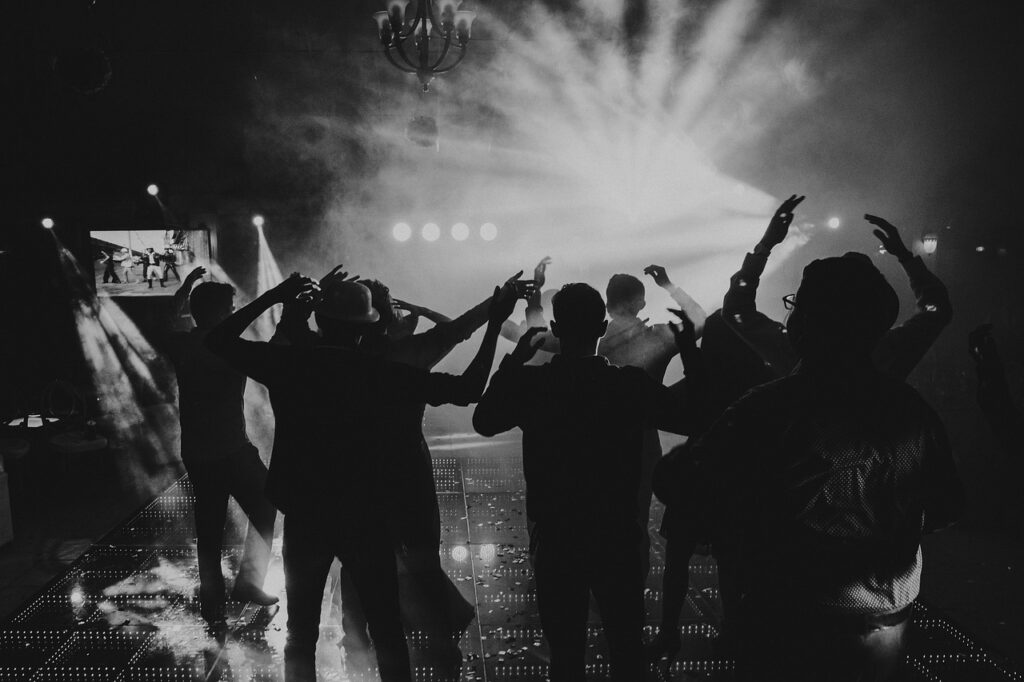
8. **Overscheduling Activities Without Downtime: The Hidden Cost of Over-Enthusiasm**In the enthusiastic whirlwind of bachelorette party planning, a common pitfall emerges: the tendency to cram every conceivable activity into a tight weekend schedule. This well-intentioned but misguided approach, observed across countless pre-wedding events, often culminates not in exhilaration but in widespread exhaustion for both guests and the bride. The celebratory spirit can quickly wane when participants are rushed from one engagement to the next, leaving little room for spontaneous enjoyment or much-needed rest.
Recognizing the tell-tale signs of an overpacked itinerary is crucial. When guests constantly hurry, when events are scheduled back-to-back without sufficient breaks, or when everyone feels utterly drained prematurely, these are clear indicators. Most critically, an overwhelmed bride, rather than a celebrated one, signals that the party’s pace has become counterproductive, transforming a joyous occasion into a strenuous marathon.
The art of a truly memorable bachelorette weekend lies in a deliberate balance between structured fun and essential relaxation. Experienced planners advocate for a modest two to three scheduled activities for a typical two-day event, emphasizing dedicated downtime. Crucial recovery periods, especially after late nights of revelry, are non-negotiable. A seasoned planner advises, “For the first night, keep things casual as guests arrive at different times. Save the main celebration for when everyone’s present,” allowing a gentle easing into the festivities. Establishing a recovery station with hydrating options and easy breakfast items further enhances comfort.
Ultimately, the goal is not to maximize activity lists, but to foster genuine connection and relaxation. A flexible schedule, incorporating buffer time between activities and ample opportunities for leisurely chats or poolside repose, often yields the most cherished memories. An expert suggests, “Schedule one main activity per day with optional add-ons. This enables guests to skip certain activities if they need rest,” accommodating diverse energy levels while preserving the celebratory essence.

9. **Surprising the Bride with Unwanted Activities: Honoring Her Boundaries**The allure of a grand surprise can be tempting for bachelorette party planners. Yet, the line between a delightful unexpected treat and an uncomfortable imposition is often perilously thin. Well-meaning organizers, in their quest for unforgettable moments, sometimes confuse shock value with genuine fun. This inadvertently pushes the bride beyond her comfort zone. True celebratory joy stems from respecting individual boundaries, rather than forced participation in activities that might cause embarrassment or distress.
A bride’s personal comfort zone forms the very bedrock of appropriate bachelorette party etiquette. What one person considers an exhilarating adventure, another might find mortifying. Etiquette expert Elaine Swann succinctly captures this sensitivity, noting, “This can be a sensitive subject, because what you’re doing, in essence, is saying that you don’t like the idea—and it could likely be their idea.” This highlights the delicate nature of imposing activities without prior consultation, especially when the surprise removes the bride’s agency.
Numerous activities, despite their popularity, frequently lead to bachelorette party mishaps. These include surprise strippers or overly explicit performances, public embarrassment games, ually suggestive games with family members, activities encouraging excessive drinking, or invasive games revealing private details. Such horror stories are not uncommon. For example, a bride shared how her maid of honor invited her “creepy dad” to the party, who brought a ring toss game, creating an undeniably awkward situation for everyone.
The most prudent approach is caution. Before booking anything questionable, directly consult the bride about her preferences or seek guidance from someone intimately familiar with her boundaries. Offering a choice of three different activity options, perhaps at varying price points, allows her agency while maintaining an element of surprise. At its heart, the celebration must reflect the bride’s personality and desires, not serve as a platform for the planners’ adventurous bucket lists.
10. **Neglecting to Assign Clear Responsibilities: The Blueprint for Chaos**The vision of a perfectly executed bachelorette party, filled with effortless fun, often hinges on a single, critical element: meticulous task delegation. Without clearly defined roles, even the most enthusiastic planning efforts can quickly devolve into disorganization and overlooked details. Years of coordinating these vibrant events reveal that a lack of structured delegation is a pervasive challenge, capable of transforming a potential dream celebration into a logistical nightmare.
The planning process gains efficiency when one or two “team captains” oversee everything. The maid of honor usually assumes this pivotal role, acting as the primary initiator, ensuring the bride’s priorities remain central, and coordinating efforts among attendees. However, the workload should never rest solely on one individual. Distributing responsibilities fairly is essential to prevent anyone from becoming overwhelmed. This includes delegating accommodation research, activity planning, transportation, meal planning, decor, and budget tracking. As one seasoned planner emphasizes, “Delegation is key!” matching tasks to individual strengths.
A well-constructed planning timeline serves as an indispensable roadmap, adeptly navigating potential complications. For destination parties, initiating planning six months in advance is advisable; local celebrations typically require three to four months. Crucial milestones include booking accommodations, planning activities, and arranging transportation five to four months prior. Theme selection and invitation dispatch should occur three to two months before the event. The final weeks are dedicated to confirming reservations and ordering supplies, maintaining a steady, organized pace.
Effective communication protocols among planners are paramount to preventing confusion and missed deadlines. Establishing a dedicated channel—a group chat or planning platform—allows everyone to share updates and ask questions in real-time. Tools like shared spreadsheets for guest lists, itineraries, and budgets, or planning apps, streamline logistical coordination. The team captain plays a vital role in gently reminding participants of pending tasks, taking swift action on delayed responsibilities to maintain momentum and avert last-minute crises.
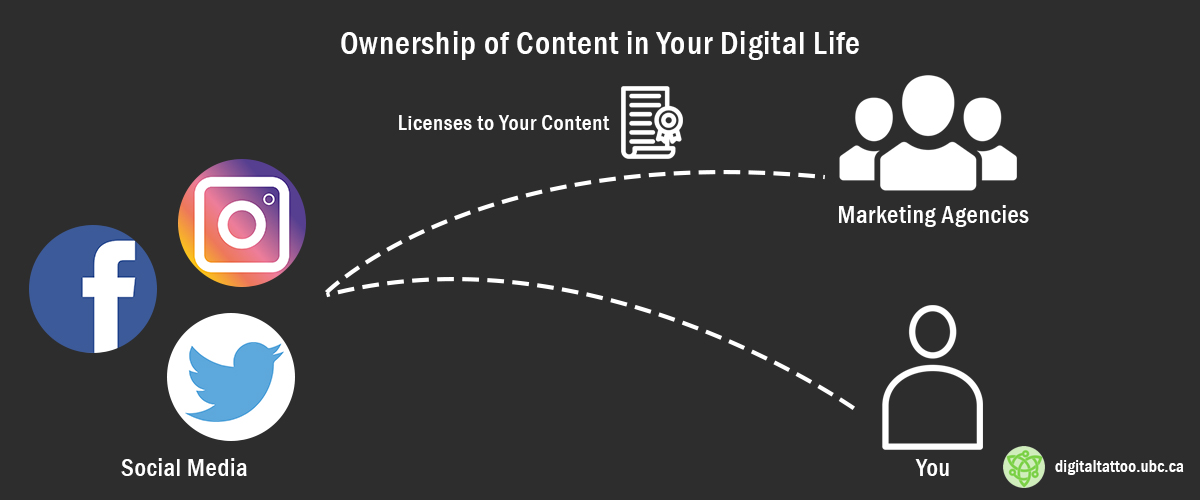
11. **Posting Inappropriate Content on Social Media: Navigating Digital Etiquette**The advent of social media has fundamentally reshaped how celebratory events, including bachelorette parties, are shared and documented. While offering an immediate and engaging way to connect, this digital landscape also presents significant risks. Careless posting can lead to profound embarrassment, irrevocably damage professional relationships, and strain personal connections long after the festivities have concluded. It transforms fleeting moments of fun into lasting regrets.
Before the first photograph is even taken, a crucial conversation about social media boundaries must take place. The bride’s comfort level regarding online content should be the guiding principle. Increasingly, planners adopt a formal “Girl’s Trip Secrecy Pact,” often encapsulated by the mantra: “What happens at the Bachelorette party, stays at the Bachelorette party.” This proactive approach establishes clear expectations for all guests, fostering trust and discretion, protecting everyone from unintended digital exposure.
Certain types of content unequivocally belong in private memories, never to be shared publicly. This includes photos or videos depicting surprise strippers or explicit performances, candid shots of guests in compromising or highly inebriated states, and any images perceived as embarrassing or unprofessional. Additionally, photos revealing sensitive or private details about the bride or other guests must remain strictly off-limits. The potential for these images to be misinterpreted, misused, or to resurface in unforeseen contexts underscores the vital importance of extreme caution.
The implications of thoughtless social media posting extend far beyond immediate discomfort. A single ill-advised image can impact future career prospects, alter public perception, or even lead to legal complications, highlighting the permanence of digital footprints. It is a shared responsibility among all attendees to safeguard the privacy and reputation of their fellow partygoers and, most importantly, the bride. Adhering to pre-established guidelines and prioritizing discretion ensures joyous memories are preserved without the anxiety of digital overexposure.

12. **Deciphering Dress Codes: Beyond the Obvious Invitation**Bachelorette party dress codes, while a source of anticipation, can also be a subtle minefield. Guests often need to read between the lines to avoid social faux pas. Unlike formal invitations explicitly stating “black tie,” many bachelorette invites employ veiled hints that subtly guide attendees. This intricate dance of interpretation demands a keen understanding of social semiotics and cultural cues to ensure guests feel comfortable and appropriately attired.
Lexical analysis studies, like a 2025 study of Social Semiotics, reveal that 72% of invitations, through phrases like “glitz and glamour weekend,” provide implicit dressing cues. These nuanced linguistic choices, along with typeface and timing, offer valuable insights into formality. “Beach vibes only” informally signals casual attire, while “luxe night” calls for sophisticated cocktail wear. Priya, a 2023 guest, noted, “My mind registered ‘elegant’ when I opened the gold-foil invite,” illustrating how every detail contributes to the unspoken directive. Interpreting these cues demonstrates social intelligence, mitigating the anxiety of misdressing.
Beyond the written word, the venue often dictates an unwritten dress code. Environmental psychology studies confirm that different environments establish sartorial norms. A casual beach bar suggests free-flowing cover-ups; a chic rooftop bar implicitly demands heels. Emma, for a 2024 Vegas celebration, proactively “looked up the restaurant’s atmosphere online,” avoiding missteps like wearing jeans. A 2025 Environment and Behavior study notes venue design triggers attire assumptions, with temperature comfort a factor for 65% of attendees. For multi-venue events, layered outfits offer comfort and adaptability.
The incident with Comfortable_Clothed, where her discomfort was amplified by men at a mixed-gender venue, underscores how venue context shapes dress conflicts. Her struggle stemmed from an absolute theme failing to accommodate her boundaries, emphasizing planners must anticipate how venue dynamics intersect with individual comfort. Successful celebrations communicate themes clearly, consider environmental factors, and respect personal comfort, ensuring inclusivity in every sartorial detail.
13. **Navigating Themed Parties: Balancing Vision with Inclusivity**Themed bachelorette parties, whether “Vegas glam” or “90s throwback,” inject fun and cohesion. However, this vibrancy comes with complexity, particularly if not planned inclusively. A 2024 Event Management study estimates themes can raise costs by a substantial 35–60%, especially when guests feel pressured to purchase new attire. Tara, a 2023 attendee, lamented, “I spent $200 on a disco outfit I’ll never wear again,” highlighting the financial burden of inflexible themes.
Themes, while intended to foster unity, demand creative problem-solving for accessibility. Rigid thematic mandates, like the bikini requirement leading to Comfortable_Clothed’s exclusion, inadvertently become barriers. Her proactive offer of a modest, color-matched outfit represented a practical compromise. Its rejection vividly demonstrated how inflexible adherence to a theme can alienate rather than unite. This incident reminds us that a bride’s vision must be balanced with guest accessibility and comfort.
Bridal parties face a delicate act: balancing the bride’s desired aesthetic with the diverse realities of her friends. This encompasses financial considerations, personal style preferences, body image sensitivities, and, crucially, deeply held cultural or religious beliefs. When a theme inadvertently forces a guest to compromise their integrity or face exclusion, the celebration’s underlying purpose—to honor friendship and unity—is fundamentally undermined.
The ultimate goal in themed bachelorette party planning is to cultivate an environment where the theme enhances, rather than dictates, the experience. This means providing ample flexibility within the chosen concept, offering various attire options, and prioritizing empathy and open communication. Brides and planners must collectively ensure their creative vision does not overextend guests, financially or emotionally, securing that everyone can partake without feeling forced into uncomfortable roles.

14. **Designing Flexible Thematic Elements: Embracing Diversity in Style**Building on themed parties, true mastery lies in designing thematic elements that are both cohesive and wonderfully flexible. This accommodates the unique styles and comfort levels of every guest. Themes categorize into four types: color-based (e.g., all-pink), era-specific (e.g., an 80s rewind), concept-driven (e.g., disco fever), or destination-inspired (e.g., Nashville cowboy). A 2025 Journal of Consumer Culture review found incorporating three to five common elements provides cohesion without suffocating sameness.
Color-based themes, like all-black, exemplify elegant simplicity, offering accessible entry points. A 2024 study in Color Research & Application found monochrome outfits boost visual cohesion by 40%, allowing diversity in texture, silhouette, and accessorizing. One bridesmaid shared, “We blended satin and denim in navy,” preserving style liberty. Accessories like a vibrant pink scarf, as Comfortable_Clothed suggested, convey involvement without a full costume. Brides must proactively offer such flexibility, particularly for diverse budgets or beliefs, avoiding financial strain and emotional peaks.
For era-specific themes, like 90s or Y2K, the key is balancing authentic nostalgia with practical wearability. A simple scrunchie or choker instantly evokes a 90s vibe without costly costumes, per a 2025 Fashion Studies analysis. Acknowledging that vintage fabrics often lack modern stretch, contemporary replicas are superior. A 2024 attendee recalled, “I found 80s-inspired leggings that didn’t itch,” underscoring comfort. Comfortable_Clothed’s rigid theme ignored such practicality, escalating conflict. Planners should focus on one or two distinct era markers, encouraging personal adaptations for comfort and inclusion.
Ultimately, a successful theme’s power lies not in rigid enforcement, but in inspiring collective celebration while respecting individual expression. As highlighted by Comfortable_Clothed’s case, themes disregarding personal boundaries—especially religious modesty—risk exclusion over cohesion. This undermines the spirit of unity. By embracing flexible thematic elements and offering creative avenues for participation, bachelorette parties can transcend aesthetics, becoming truly inclusive gatherings where every friend feels seen, valued, and genuinely celebrated.
***
As we navigate the dynamic landscape of modern bachelorette celebrations, it becomes abundantly clear that true festivity blossoms from a foundation of empathy, thoughtful planning, and unwavering respect for individual boundaries. The stories and insights shared throughout this exploration underscore a profound truth: while themes, coordinated attire, and curated experiences can certainly amplify the joy, they should never overshadow the comfort, integrity, and genuine happiness of the bride and her cherished guests. By consciously prioritizing open communication, embracing flexibility, and fostering an environment of true inclusivity, we can transform potential dilemmas into opportunities for deeper connection and create pre-wedding memories that are not just picture-perfect, but authentically heartwarming and truly unforgettable for everyone involved.





